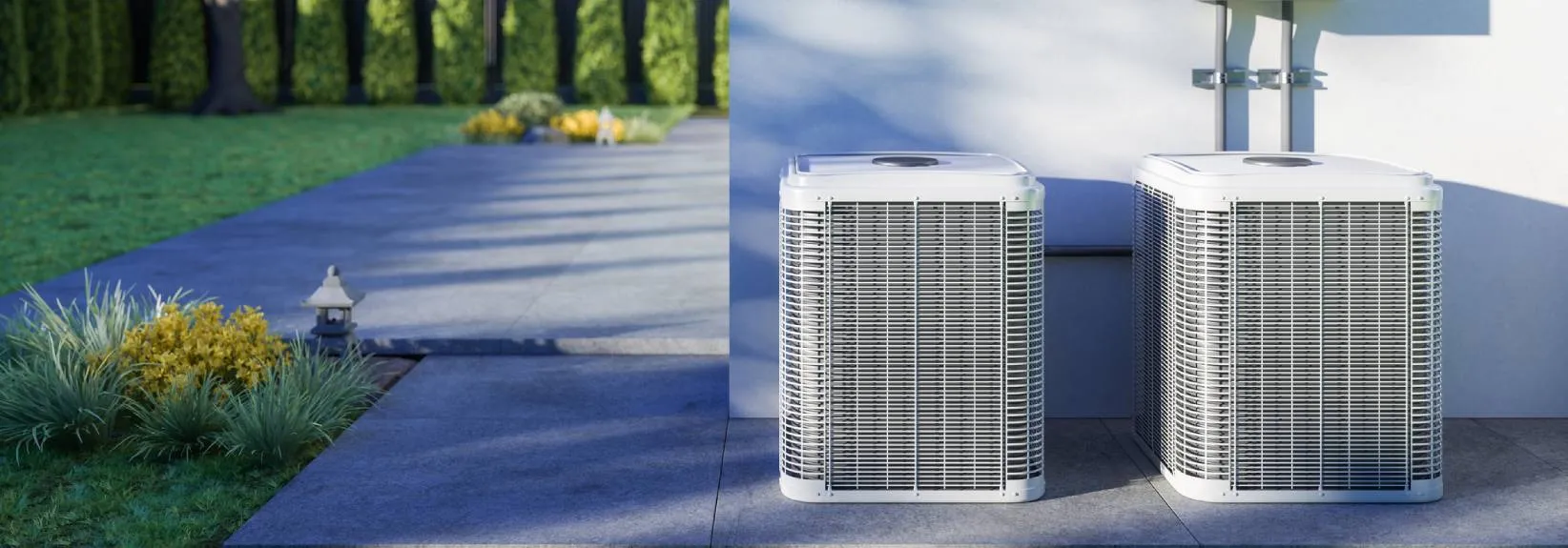Air Conditioner vs. Air Handler
If you’re looking for heating and cooling services, you may encounter confusing, sometimes contradictory information about various kinds of HVAC systems. One thing that causes quite a bit of confusion is the air handler. Is this the equivalent of an air conditioner? We’re here to set the record straight.
What Is an Air Handler?
An air handler is the indoor part of some kinds of HVAC systems. It hooks up to a network of air ducts that deliver conditioned air all through the building. Air handlers range in size, type and capacity, dependent on the application.
Some individuals use the terms “air handler” and “blower” interchangeably, but this is not correct. An air handler is an entire unit containing a blower and a number of other elements, all of which operate together to condition and circulate the air.
Does an Air Conditioner Use an Air Handler?
Normally, an air conditioner [shares|uses|utilizes} the furnace’s blower motor, so no air handler is required. However, in climates where home heating is not something that is necessary, an air conditioner may be the sole HVAC equipment present. In this case, the indoor air handler works in conjunction with the outdoors unit, called the condenser.
In this setup, the AC unit’s air handler [blows|forces|pushes} indoor air [across|over|along the outside of} the evaporator coil, which absorbs heat and collects moisture, leaving the air handler to deliver cooled, dehumidified air back inside the building through ductwork. Refrigerant lines connect the air handler to the outdoor condenser, enabling the heat transfer to the outside. This allows air conditioning to maintain a constant, comfortable indoor temperature and humidity level.
Does a Heat Pump Use an Air Handler?
This is where air handlers are most commonly found. In cold climates where heat pumps are less reliable, they are at times installed alongside furnaces, creating what’s called a dual-fuel system. However, advancements in cold-climate heat pumps make dual-fuel systems less prevalent as of late. With no furnace to lend its blower motor, heat pumps require a dedicated air handler to move conditioned air.
Heat pumps work by removing heat from the outside air and transferring it inside via the indoor coil. The air handler blows air across the coil to obtain heat before circulating it throughout the building. A heat pump can also be used for cooling, where it extracts heat from the indoor air and transfers it outside, just like an air conditioner.
Does a Furnace Use an Air Handler?
No. Furnaces are made with a blower motor to move conditioned air. The blower is usually housed in the interior of the furnace. It pushes air across the heat exchanger, a metal component that moves heat from a fuel source to the air blowing past it. The fuel source can be natural gas, propane or oil, which is ignited to create heat. Once warmed up, the air is distributed back through the ductwork system and inside the building.
What Are the Parts of an Air Handler?
The major parts of an air handler include:
- Blower: The blower is a motor-driven fan that circulates air through the ductwork. It drives air across the heating or cooling elements to manage the indoor temperature.
- Heating or cooling elements: Depending on the type of HVAC system you have installed in your home, the air handler may have heating or cooling elements, including an evaporator coil or backup electric heat strip.
- Air filter: An HVAC air filter takes dust, dirt and other contaminants from the air as it goes into the air handler to be heated or cooled. Air filter types and efficiency ratings vary depending on system requirements. Remember to replace your air filter routinely to avoid restricting airflow through the system.
- Dampers: Dampers are used to control airflow in structures with zoned heating and cooling. They can be manually or automatically operated to direct air to particular rooms as desired to keep a comfortable temperature.
- Humidifier or dehumidifier: Some air handlers have a humidifier or dehumidifier, which controls the indoor relative humidity level. A humidifier adds moisture into the air in the winter, while a dehumidifier takes out moisture in the summer.
- Control system: The control system is tasked with regulating the air handler. It might include a thermostat, humidistat or other sensors to gauge the temperature and humidity throughout the building.
Schedule Air Conditioner or Air Handler Repair
If you’re suffering from issues with your air conditioner, air handler or other HVAC components, Service Experts Heating & Air Conditioning is here to assist you. Our squad of experienced technicians can diagnose and repair any problems with your climate control system, making sure it runs safely and efficiently. We believe in our exceptional work so much that we guarantee all repairs with a one-year 100% satisfaction guarantee! For more information or to schedule air conditioning repair in North America, please reach out to a Service Experts office in your neighborhood today.

